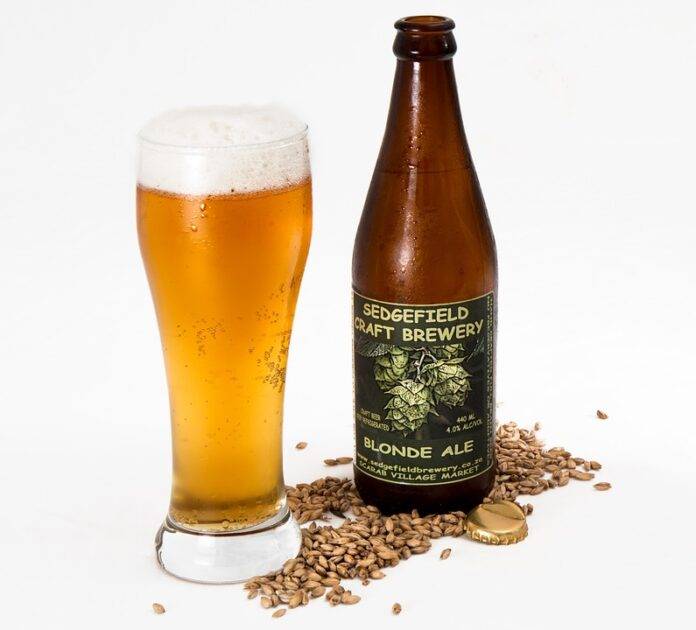Introduction
Barrel aging has become increasingly popular in the craft beer industry, with many breweries experimenting with wild and sour styles to create complex, flavorful beers. Microbes and oxygen play a crucial role in the development of these unique beer styles, contributing to the overall character and quality of the final product. In this report, we will explore how microbes and oxygen interact during the barrel aging process and their impact on wild and sour beer styles.
Microbes in Barrel Aging
Introduction to Microbes
Microbes, such as yeast and bacteria, are essential in the fermentation process of beer. In barrel aging, these microbes play a key role in breaking down sugars and producing complex flavors and aromas. Wild and sour beer styles often use a variety of microbes, including Brettanomyces, Lactobacillus, and Pediococcus, to create unique and funky characteristics.
Microbial Interactions
During barrel aging, microbes interact with the beer and the wood of the barrel, leading to the extraction of flavors and aromas from the wood. The presence of oxygen in the barrel also influences microbial activity, with some microbes requiring oxygen to thrive while others prefer anaerobic conditions. This dynamic interplay between microbes, oxygen, and wood contributes to the development of complex and layered flavors in wild and sour beers.
Oxygen in Barrel Aging
Role of Oxygen
Oxygen plays a crucial role in the barrel aging process, influencing the development of flavors and aromas in beer. When beer is exposed to oxygen, it undergoes oxidation, leading to the formation of new compounds that contribute to the overall character of the beer. In wild and sour beer styles, controlled exposure to oxygen can enhance the complexity of the final product, creating nuanced flavors and aromas.
Oxygen Management
Brewers must carefully manage the level of oxygen exposure during barrel aging to achieve the desired flavor profile. Too much oxygen can lead to off-flavors and spoilage, while too little oxygen can inhibit microbial activity and result in a lackluster beer. By monitoring oxygen levels and adjusting the aging process accordingly, brewers can optimize the development of wild and sour beer styles.
Industry Insights
Financial Data
The popularity of wild and sour beer styles has led to significant growth in the craft beer industry. According to industry data, sales of barrel-aged beers have increased by 20% in the past year, with consumers showing a growing interest in unique and experimental beer styles. Breweries that specialize in wild and sour beers have seen a rise in revenue, with some reporting double-digit growth in sales.
Actual Companies
Several breweries have gained recognition for their expertise in wild and sour beer styles, including Russian River Brewing Company, The Bruery, and Jester King Brewery. These breweries have garnered acclaim for their innovative approach to barrel aging, using a variety of microbes and techniques to create award-winning beers. Russian River’s “Supplication” and The Bruery’s “Tart of Darkness” are just a few examples of highly sought-after wild and sour beers in the market.
Conclusion
Microbes and oxygen play a critical role in the development of wild and sour barrel aged beer styles, contributing to the complexity and depth of flavor in these unique beers. By understanding the interactions between microbes, oxygen, and wood during the barrel aging process, brewers can create exceptional beers that appeal to a growing segment of consumers. As the craft beer industry continues to evolve, we can expect to see more breweries experimenting with wild and sour styles, pushing the boundaries of traditional brewing techniques.




